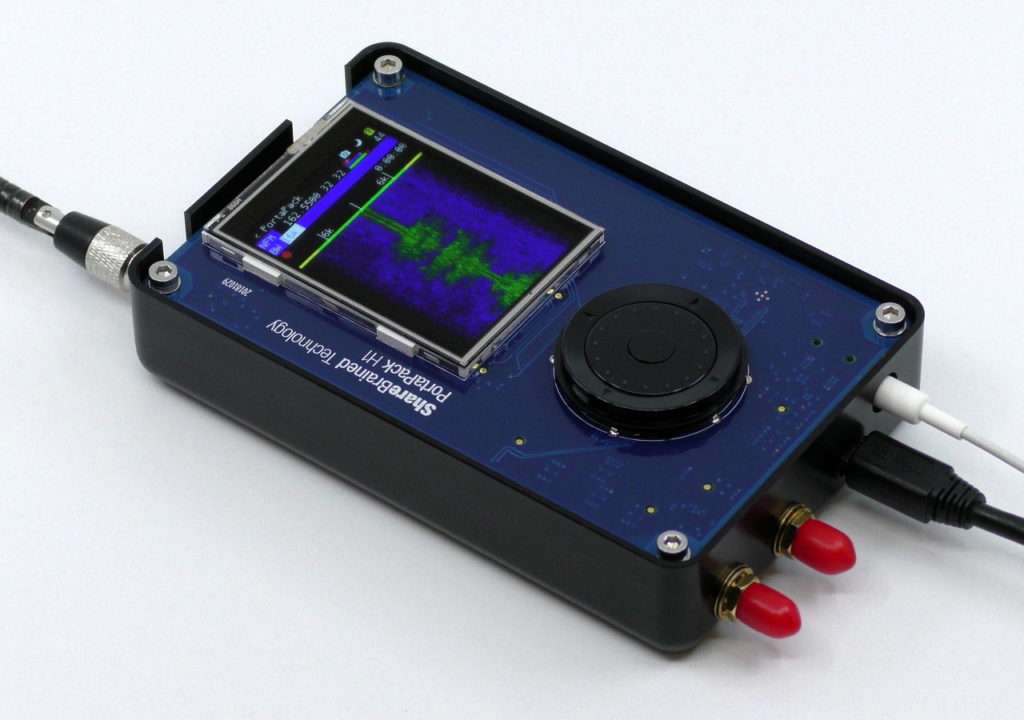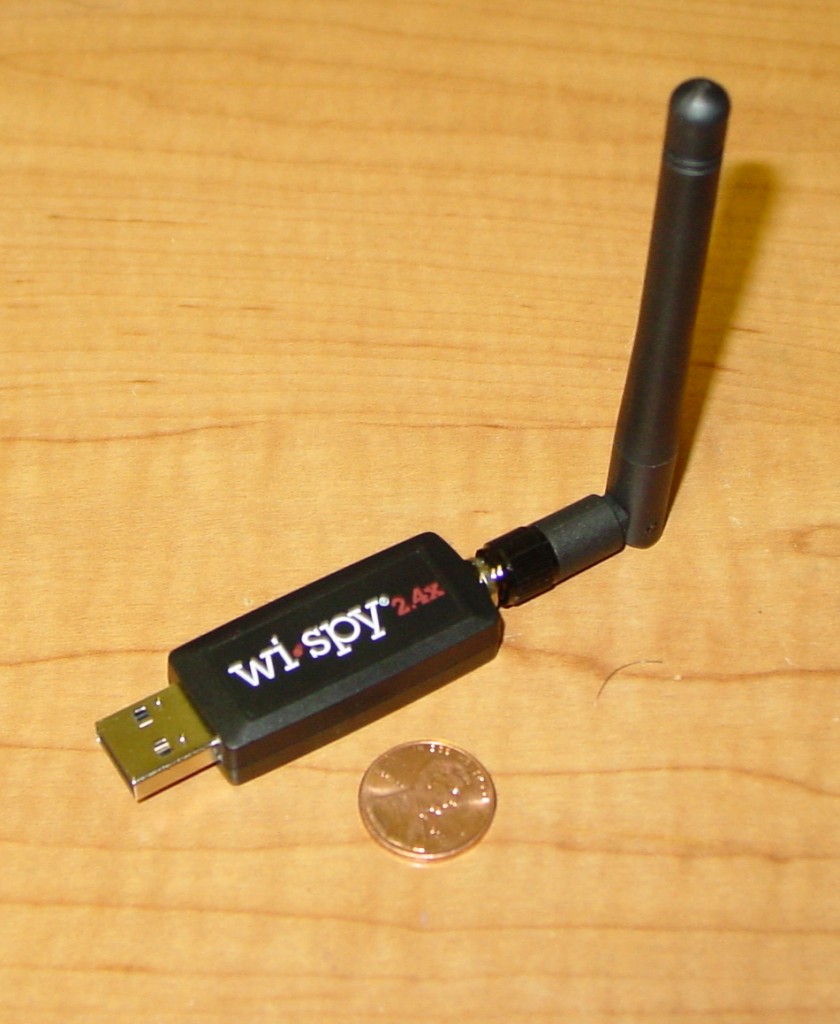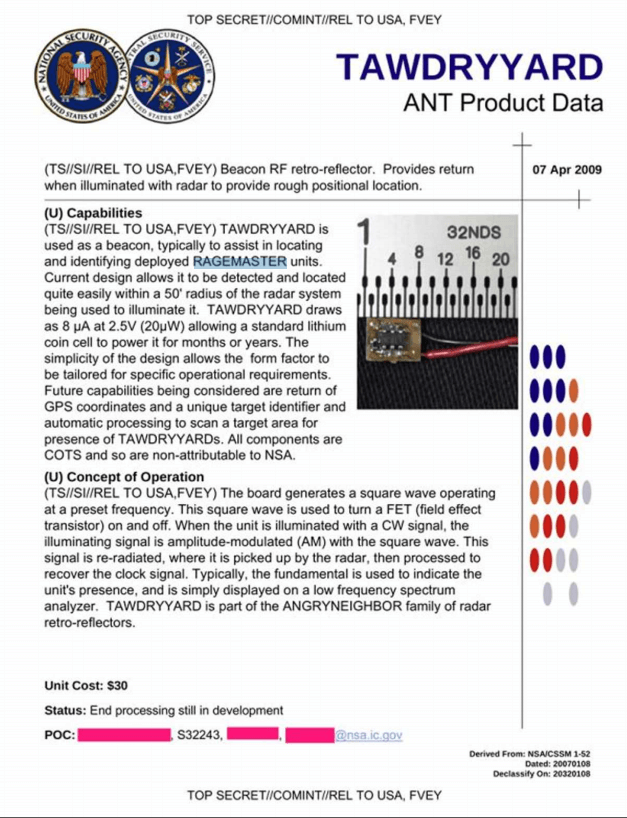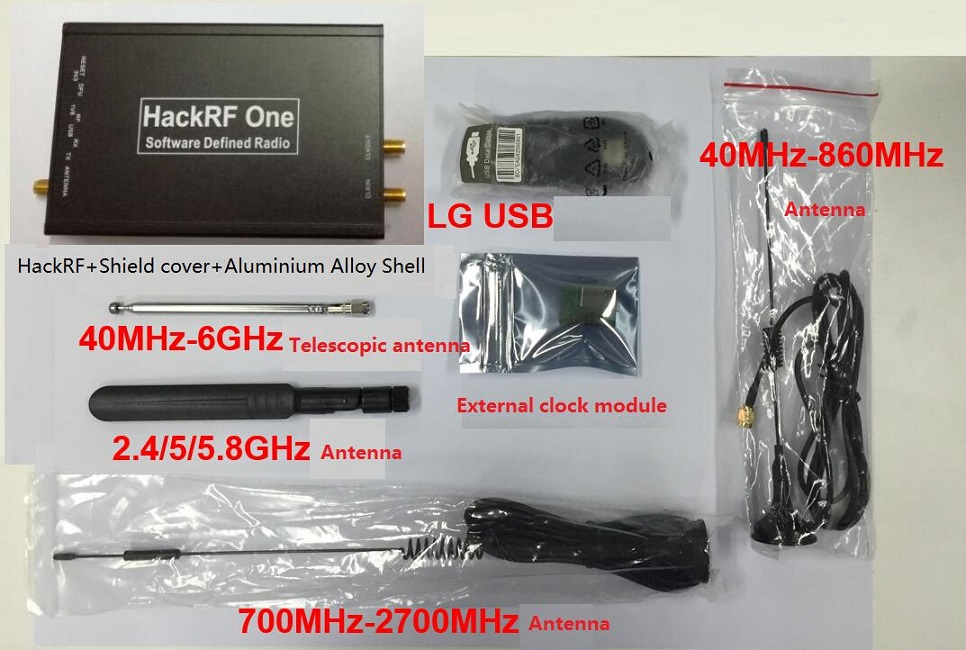
Transmitting wireless signals can disrupt wireless communications in many bands, some of which are critical. Many countries have restrictions on the amount of RF energy you can transmit in any band. This LNA has an input P1dB of about +2 dBm, so ensure that the output signal from the HackRF is below this level, otherwise your output signal will begin to saturate and be distorted.īefore you increase the amount of RF power you’re transmitting it’s important to check that you are legally allowed to do so. If you would like to extend the transmit amplitude of a HackRF to +20 dBm (or 100 mW), you can do that with this transmitter amplifier. The maximum output signal level from HackRF is +15 dBm. If your receiver does not have a DC blocking capacitor on its input or some other form of DC voltage protection, this voltage will damage your receiver. If you only want to use an amplifier with a built-in bias tee then this LNA is one option.Īn important precaution with this LNA since the bias tee inductor is installed and enabled by default: when powering the device using either the DC header or the USB connector, +5 VDC will appear on the RF output. This in turn enables greater sensitivity and therefore improved listening range.

#HACKRF VS WIFISPY INSTALL#
We explained the benefits of a bias tee in detail here and briefly it allows you to install an LNA close to the antenna for best noise figure performance.

The bias tee is capable of providing 50 mA at +3.3 V. The HackRF also has a built-in bias tee that can be enabled. The tradeoff to this wide frequency range operation is that it has a higher noise figure. In fact it covers the frequency range from 10 MHz all the way to 8 GHz. In the event that you want to receive signals over the entire 6 GHz range of the HackRF, then this LNA would be a better choice as it has wider frequency coverage. Connect a wireless transmitter directly to the amplifier using a cable.
#HACKRF VS WIFISPY GENERATOR#
Inject a signal from a signal generator into the amplifier.There are other situations where it is very easy to exceed this level: Signals of this magnitude are not normally encountered in the real world unless you place the antenna right next to a wireless transmitter. So considering the gain of this LNA, it is important to ensure that the signals entering the antenna are lower than -5 dBm.

The first LNA in the HackRF has an input damage level of +13 dBm. Now before you plug this LNA in here are some important precautions: The noise figure of the HackRF is in excess of 3 dB so this LNA can be used to improve the noise figure by over 2 dB. So unlike the ADALM Pluto SDR, the HackRF can only either transmit or receive at any given time. This software-defined radio has a common receive and transmit port. To answer this question, let’s first consider the HackRF architecture. Adding one to a transmitter increases the signal level out of the transmitter and it can therefore go a longer distance. Adding an appropriate amplifier to a receiver improves it’s sensitivity. In general an amplifier boosts the range of a wireless transmission. So without further ado, let’s get into the details. This post answers a few different questions: But no matter how much you can do, there’s always a desire to do even more! And that’s where an amplifier comes into the picture.Īn amplifier can increase both transmit and receive ranges of the HackRF. With a frequency range of up to 6 GHz and both transmit and receive capability along with excellent community support, there’s a lot you can do with this product. In this case there are five bins, the first from 2400 to 2401 MHz, the second from 2401 to 2402 MHz, and so forth.HackRF One is our top software-defined radio pick for the year and it is indeed one of the most versatile products in this category. The sixth column is the number of samples analyzed to produce that row of data.Įach of the remaining columns shows the power detected in each of several frequency bins. The fifth column tells you the width in Hz (1 MHz in this case) of each frequency bin, which you can set with -w. Two ranges of 5 MHz are analyzed at once from the same set of samples, so a single timestamp applies to the whole range. Running hackrf_sweep -f 2400:2490 gives the following example results: Date

Date, time, hz_low, hz_high, hz_bin_width, num_samples, dB, dB.


 0 kommentar(er)
0 kommentar(er)
